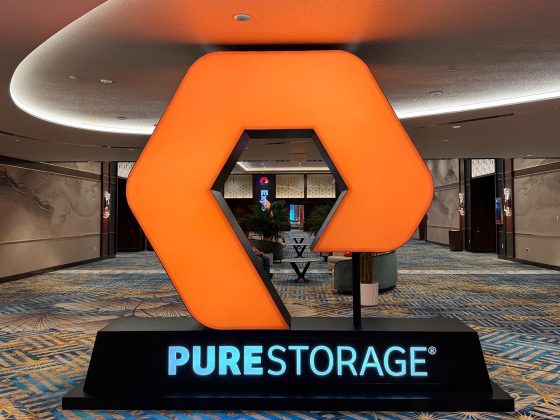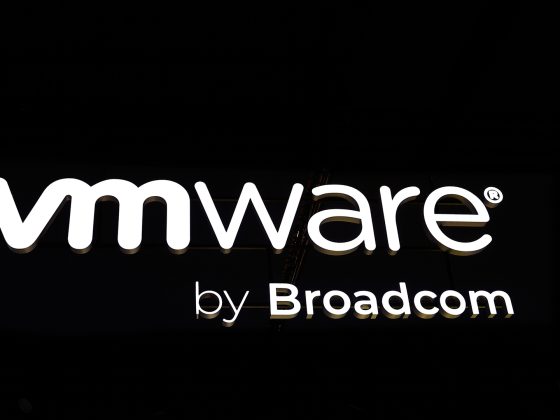Enterprises facing high cloud costs are taking a more balanced look at where workloads should reside and considering repatriation to a cloud in their own data center.
I’ve been keeping up with private clouds. I’m not doing too much private cloud work, but I am writing and designing courses on the topic. As you may recall, not long ago private clouds were the primary focus for most enterprises. They did not want their data and processes out of their direct physical control, but they did want to move to “a cloud.” So they hosted their workloads on one of several private cloud operating systems that were being pushed at the time. Some proprietary, some open source.
From our partners:
My problem with private clouds is that they only provide a slight advantage over traditional on-premises hosting. You still need to own the hardware, and you still have to upgrade and maintain it, so what’s the fundamental advantage?
Those who advocated for private clouds then and now would tell you that it mimics many of the advantages of public clouds, such as provisioning resources on demand, auto-scaling, and hopefully better efficiency, but on hardware you own and control. Some of this is true, but my testing at the time provided mixed results.
Although I never rule out any platform, private clouds were not the best choice for many enterprises. Public cloud providers offer many more advantages, especially when looking at the evolution of the technology as a holistic concept.
Renewed interest in private clouds
Two things could be changing the game for private clouds. First, public cloud pricing is about the same or increasing. Second, the price of the stuff you find in data centers, such as storage systems and compute servers, has dropped significantly. This is causing many enterprises to rethink private clouds.
Take OpenStack, for example, the open source software most used to deploy private clouds. Despite many enterprises’ shift toward the public clouds in the past 10 years, OpenStack hasn’t gone away. Indeed, the open source project that builds OpenStack is still pumping out new releases steadily. Moreover, it receives thousands of code commits from various companies and individual contributors.
OpenStack is now fully Kubernetes-based. This means that Kubernetes serves as the underlying orchestration engine for OpenStack. This makes OpenStack “container friendly” and allows the cloud platform to host both VMs and containerized microservices-based apps. This means it’s cloud native-ready as well. Check that box.Nominations are open for the 2024 Best Places to Work in IT
Why private clouds? Why now?
Beyond the price of hardware and the high cost of public clouds, there are other reasons for renewed interest in private clouds. For example:
- Multicloud architecture has become mainstream. Organizations can consider using private clouds alongside public cloud environments.
- The trend of cloud repatriation where companies move workloads back to their own data centers makes private cloud adoption more likely.
- Private cloud platforms have improved their ease of use. I implemented OpenStack a few times many moons ago, and it was like running an engineering project. Since then, that has been largely fixed. Simplified distributions may attract more organizations.
- Vendors such as Red Hat, Canonical, and Mirantis continue to support private clouds, indicating that the market is still there.
- The more prominent public cloud providers are offering on-premises, scaled-down versions of their public cloud offerings, such as AWS’s Outpost and Microsoft’s Stack. Often called “microclouds,” these private clouds work with their public cloud counterparts in a hybrid cloud configuration.
Of course, it’s not that easy
No technology is a slam dunk, considering that things change over time and business priorities shift. I shake my head when I hear “We’re a public cloud-only shop” or “We’ll never use public clouds.” Both of those approaches are wrong.
Enterprises must understand their requirements and pick the right solution set that will bring the most value back to the business. If I sound a bit like a broken record, that’s because cloud architects are still making this mistake.
You need to consider the benefit of the technology solution now as well as in the future. Even though private clouds could be cheaper now, they may not be the right choice in the long term. For one thing, most innovation, including generative AI, is happening on public cloud providers. This may be a time to bite the bullet and spend the additional money.
On the other hand, many applications and data sets will indeed be cheaper and run better on on-premises platforms. The bottom line is that all platforms should be evaluated. It’s a bit more complicated than many understand, but we can’t put blinders on now. Consider all options—even private clouds.
By: David Linthicum
Originally published at InfoWorld
Source: cyberpogo.com
For enquiries, product placements, sponsorships, and collaborations, connect with us at [email protected]. We'd love to hear from you!
Our humans need coffee too! Your support is highly appreciated, thank you!





